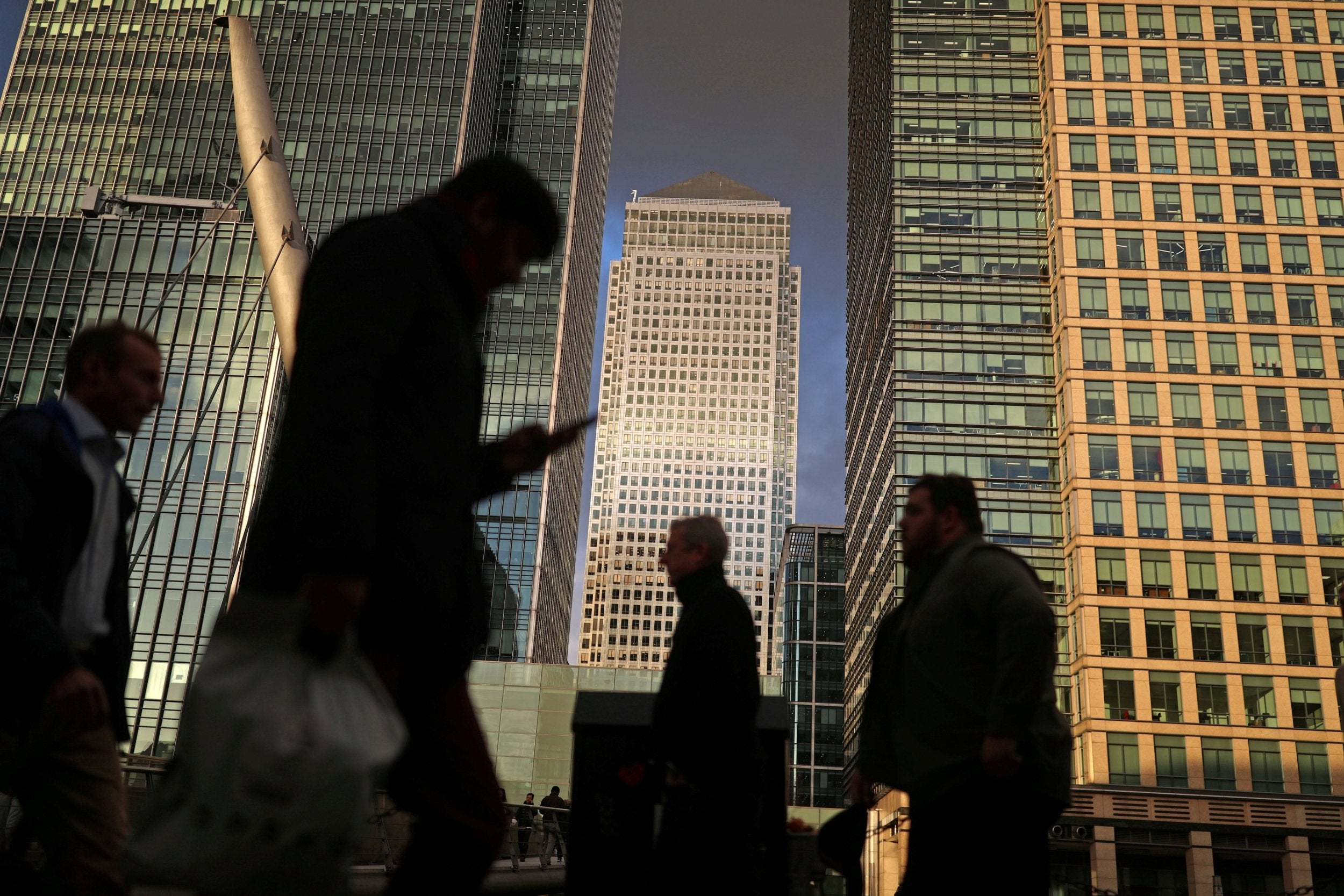Will Boris Johnson’s free-trade zones actually boost the economy post-Brexit?
If you ask businesses what holds them back, it is a variety of things: shortage of skilled labour, uncertainty over Brexit and so on. None of which can be easily solved by using a ringfenced port


If it were so easy to boost the economy by setting up free-trade zones, why doesn’t every country do it?
That is the central question that both Boris Johnson and Jeremy Hunt have to answer. Both have supported the idea that after the UK leaves the EU it could set up such zones, in places including Aberdeen, Peterhead, Teesside and Belfast. There would be no customs duties so goods could be imported and exported without border taxes.
The plan would, according to Johnson, “turbocharge” the local economy and create thousands of jobs. Although as the UK Trade Policy Observatory (UKTPO) at the University of Sussex observed earlier this year, the opposite is true. In fact, “free ports or more generally free zones, would make little impact on rebuilding the UK economy after Brexit”, as far as their analysis goes.
It is, nevertheless, a seductive idea, one that would be hard for any local authority to resist – but does it really work for the country as a whole? Might it not simply displace activity that would have taken place outside the zone and pull it into it? What do we know from experience elsewhere?
Actually, we know a lot. Think of the idea not so much as a free-trade zone, but rather as a region where the normal rules that govern economic activity do not apply. You have to have such rules – company taxation, planning consents, and so on. It would be chaos without them. But they do inhibit investment and activity. So whenever countries feel they need to boost activity, they look for ways of relieving would-be investing companies from at least some of these regulations.
Take two hugely successful such ventures, one on the other side of the world, one here in the UK. Shenzhen, on the Chinese mainland just across from Hong Kong, was the first of the special economic zones established in 1980, and was one of the key economic reforms of Deng Xiaoping. Deng wanted to emulate the free-market vigour of Hong Kong without undermining the command economy of communist China.
It has been a stunning success, both in itself – it is the third largest container port in the world – and also as a model for the Chinese economy as a whole. The Shenzhen experiment was the start of the transformation of a subsistence economy with a GDP of about $200 per head into what will by 2030 have become the largest economy in the world. That is an astounding achievement.
Now the experiment nearer home. It is Canary Wharf in London. Its story began at almost the same time as Shenzhen, with the founding of the London Docklands Development Corporation in 1981, and the creation of an Urban Enterprise Zone for the Isle of Dogs the year after. The once-derelict docks, closed at the end of the 1970s, now house the second tallest building in the UK, the headquarters of Barclays Bank and HSBC, and employees more than 100,000 people. That is about the same number as were employed in the docks, though the present workforce is, to put it mildly, rather better paid.
The prime attraction of Canary Wharf was the easing of planning controls for building the huge offices and trading floors needed by the financial services industry. Enterprise zones offer tax breaks and other government help, and we have, on my tally, 48 of them in operation. But the key to Canary Wharf’s success was not so much what the government did, but rather what it didn’t do: restrict building.
Now look at these free port plans through the prism of Shenzhen and Canary Wharf. In both cases there was an underlying economic demand, but the ruling authorities did not want to disturb existing regulations. So all they had to do was to create a ring fence and say that within that fence businesses could expand more or less as they wished.
I don’t think a similar situation applies in the case of the UK now. If you ask businesses what is holding them back it is a variety of things: shortage of skilled labour, uncertainty over Brexit, worries about overseas demand for their products, the transformation of shopping patterns, planning difficulties and so on. These are all things that are not easily solved by creating a ringfenced free trade zone. If there were a simple, single change that governments could make, then surely they should get on with it anyway.
So we should be wary of the benefits of a free port, or anything similar. But we should also be honest: we don’t know. That would point to a way forward. Why not create two such free trading zones and see what happens? If they genuinely do create more jobs, and not simply displace existing ones, then one of two things should be done. The obvious one would be to roll out more such zones. The other, more radical, would be to use the knowledge gained to improve business legislation and regulation more generally – as China did all those years ago.
Join our commenting forum
Join thought-provoking conversations, follow other Independent readers and see their replies
Comments